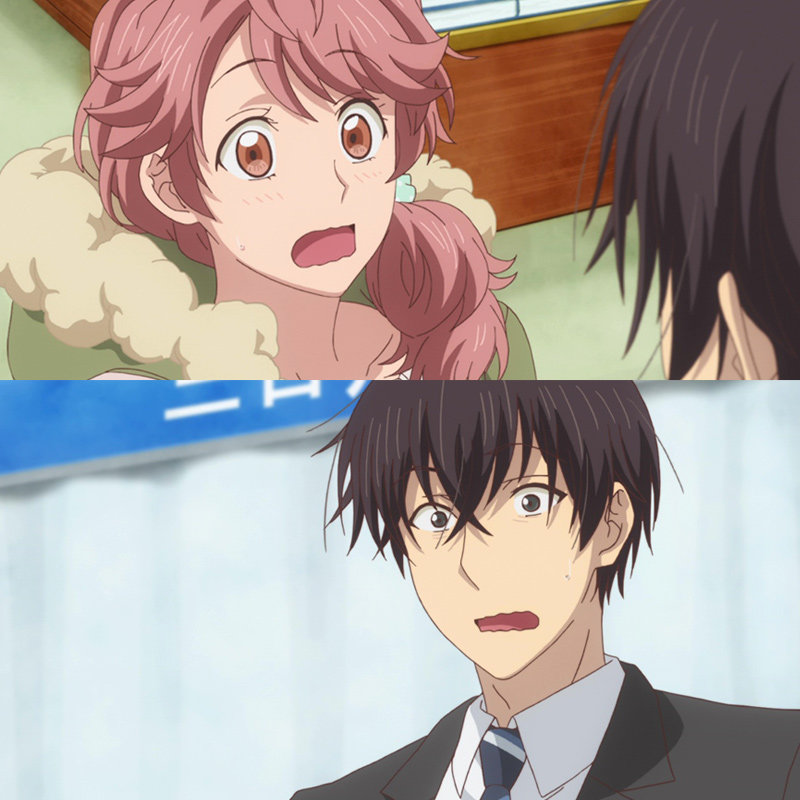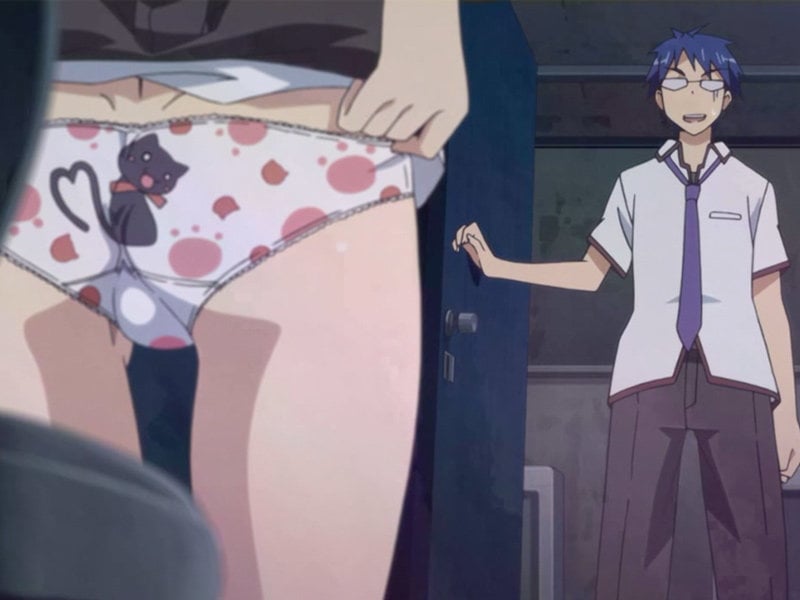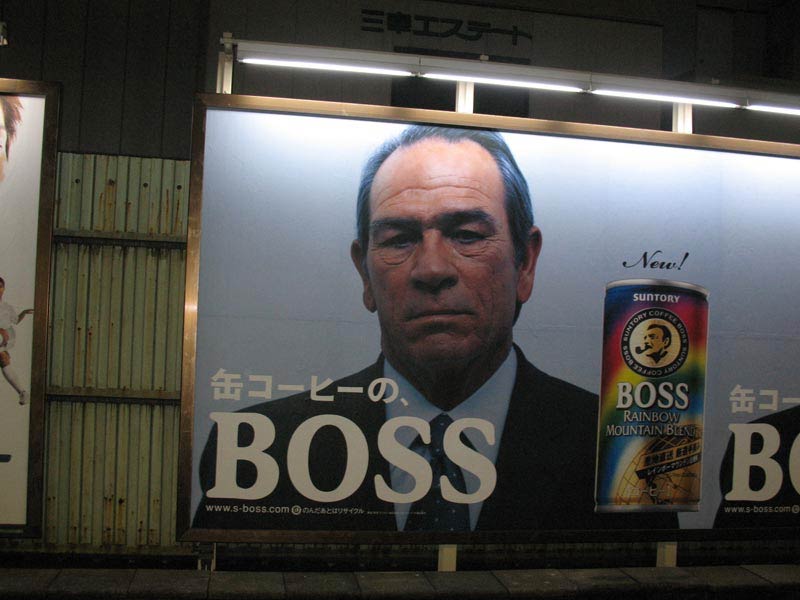There are many challenges for foreigners who come to Japan: learning the unwritten social rules (which probably don’t apply to you anyway, as a visitor); coping with large, easy to read signs explaining where you’re supposed to go (too bad they’re in kanji); and learning to enjoy food even though you might not know what it is. Another difficulty that must be overcome is the washiki toire, or Japanese-style toilet, seatless toilets usually found in restaurants, train stations and other public places that you squat over to use. Although Japanese love them because they keep your body away from touching anything dirty, foreigners generally have difficulty with them, since you can’t exactly ask for instructions. Well, here’s a handy link that that should give you some pointers in case you encounter one of these babies:
Place names in Japan are another interesting subject. The names of the various towns, cities and prefectures are nearly always written in kanji, however all name kanji tend to have many different readings, which can cause confusion. While almost all Japanese can read the standardized kanji everyone learns in school, it can be quite difficult to read kanji place names in another region of Japan. When I take a trip to Northern Japan or the Kyoto area, I know my wife will suddenly become unsure how to pronounce the names of the towns we’re passing through, even though she’s Japanese. There’s another complication: most every part of Japan has both a modern name and an old (Edo period) name, the result of the massive changes during the Meiji Restoration, when the old feudal domains (han) were replaced by a modern system of prefectures (ken) patterned after France. Gunma’s old name is Joshu, and neighboring Nagano’s old name is Shinshu, and these names pop up from time to time (for example, a ramen shop advertising the “old taste of Joshu”).
In Japanese, words can carry a lot of hidden nuances specific to each gender. There are different versions of the first person pronoun for men and women in Japanese, and which word a person chooses to use carries information about how that person views himself. For women, the words for “I” are watakushi (in formal situations), watashi (neutral, slightly feminine) or atashi (very feminine and cute). If a girl is tomboyish she might use a “boys” word for I, boku, and if she’s trying to project an extremely cute image, she might even refer to herself in the third person. My daughter, who is eight, calls herself “Rina-chan,” although some women in their 20s do this, to the annoyance of many around them. Men will use watakushi (formal), boku (neutral, slightly polite), or if they want to project a “manly” image, ore (OH-reh). Words for “you” include anata (slightly formal, and a little romantic if used by a wife to her husband), kimi (used when talking to someone younger than you), and for men only, the masculine word, omae (oh-MY-ae). A common alternative to using a second-person pronoun is to refer to the person you’re speaking to by his name, e.g. Tomo or Fujita-san, if you were talking to Tomo.
We’re proud to take the wraps off a new section on the J-List: Japanese textbooks & books about Japan, where we’ll be carrying many great new books to help you study Japanese, learn grammar, practice your kanji and kana, and learn about Japanese culture. Look for books on contemporary Japanese home design, learn to play Go or Mah Jong, and much more! For your convenience, these new books are stocked in San Diego, and can be shipped to you in a very short time. Browse our new selection of Japan-related books today!















